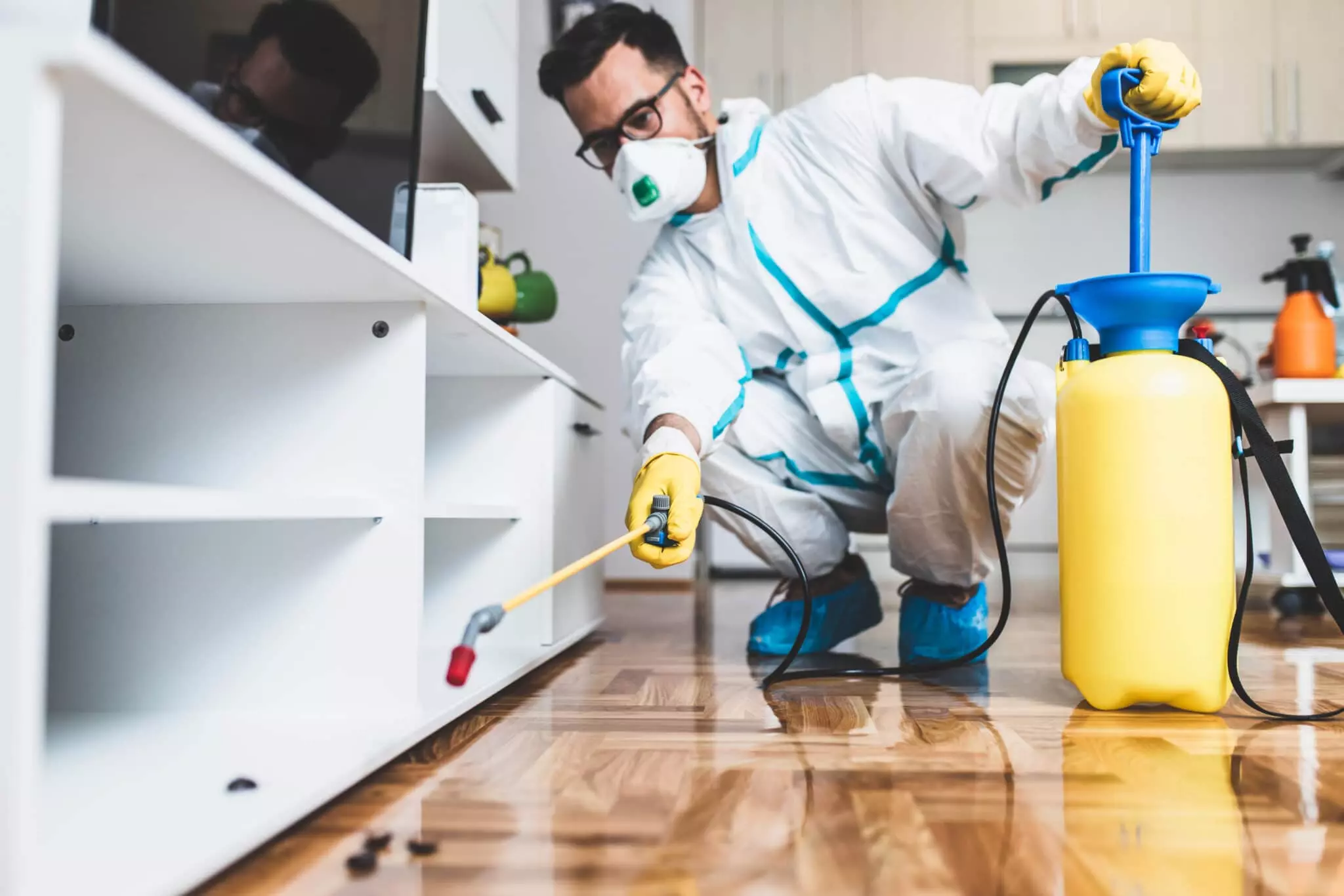A1 Bed Bug Exterminator Charlotte - Specialized Bed Bug Elimination
A1 Bed Bug Exterminator Charlotte - Specialized Bed Bug Elimination
Blog Article
Bed Bug Treatment Failure: Contrasting Chemical Vs. Non-Chemical Solutions
In the realm of parasite control, especially when dealing with the persistent problem of bed bugs, the selection between chemical and non-chemical treatment remedies can be a critical one. Both approaches supply distinct advantages and disadvantages, influencing aspects such as performance, security considerations, and total cost. By examining the nuanced information of each approach, a clearer understanding of which path to pursue in resolving a bed pest infestation can be obtained.
Performance of Chemical Therapies
Chemical therapies for bed pest invasions have actually been commonly recognized for their rapid and potent efficiency in eliminating these bugs. When considering the performance of chemical therapies, it is critical to comprehend that they can offer a fast and extensive option to a bed pest problem.
Furthermore, chemical treatments have the benefit of offering residual results, implying that they can continue to eliminate bed pests also after the preliminary application. This recurring action is particularly advantageous in combating any kind of possible re-infestations. Additionally, the quick activity of chemical therapies can bring relief to individuals facing extreme bed bug infestations, enabling them to regain control of their living rooms rapidly.
Safety Interest In Chemical Solutions
One critical aspect that needs mindful consideration when utilizing chemical solutions for bed pest therapy is making sure the safety and security of occupants and the atmosphere. Direct exposure to specific chemicals utilized in bed insect treatments can lead to breathing concerns, skin irritability, or various other unfavorable reactions, especially in people with pre-existing problems or sensitivities.
Additionally, the ecological effect of chemical solutions is one more significant consideration. Some chemicals utilized in bed insect treatments may be hazardous to advantageous pests, wildlife, and ecosystems if they leach into the dirt or water supply. It is vital to make use of chemical treatments judiciously, complying with safety standards, and taking into consideration less harmful alternatives to mitigate these threats and make sure the reliable and safe administration of bed pest problems.
Advantages of Non-Chemical Methods
Considering the prospective security problems and environmental impact connected with chemical remedies for bed bug therapy, exploring non-chemical techniques offers a promising option with numerous distinctive benefits. Non-chemical treatments are eco pleasant, as they do not add to air or water pollution, making them a lasting option for insect control.
Additionally, non-chemical solutions can be efficient in targeting bed bugs, including hard-to-reach areas where chemical treatments might not permeate - A1 charlotte bed bug exterminator. Techniques such as warmth therapy, vacuuming, vapor cleansing, and mattress encasements give comprehensive eradication without the usage of hazardous chemicals.
Limitations of Non-Chemical Treatments

In addition, non-chemical therapies typically need several applications to achieve effective obliteration. This can be lengthy and might not constantly guarantee full removal of all bed insects and their eggs, specifically in concealed or hard-to-reach locations.
In addition, the success of non-chemical therapies heavily relies upon appropriate implementation and thoroughness, which can be testing for individuals without specialist know-how. Poor application of non-chemical approaches may result in incomplete obliteration, resulting in consistent problems and the demand for extra treatments.
Consequently, while non-chemical therapies have their benefits, it is vital to acknowledge these constraints and consider them when figuring out the most effective technique for managing bed insect infestations.
Price Comparison: Chemical Vs. Non-Chemical Options
Given the limitations linked with non-chemical therapies, an important aspect to examine in the context of bed insect administration is the expense comparison in between chemical and non-chemical alternatives. In comparison, non-chemical therapies like warm treatment or steam can be more expensive, with prices varying from $1,000 to $6,000 for a whole home. While the preliminary cost of chemical therapies might seem lower, numerous treatments might be required to totally remove the invasion, potentially increasing the overall price.
Verdict

Taking into consideration the prospective safety and security worries and environmental impact connected with chemical options for bed insect therapy, checking out non-chemical techniques provides an appealing alternative with numerous distinct advantages.Provided the constraints linked with non-chemical treatments, a necessary element to assess in the context of bed pest administration is the price contrast in between chemical and non-chemical alternatives. In comparison, non-chemical therapies like warm treatment or heavy steam can be more pricey, with prices ranging from $1,000 to $6,000 for a whole home. While the initial cost of chemical therapies might seem reduced, multiple treatments might be required to completely eliminate the problem, potentially enhancing the general expense.In conclusion, when contrasting chemical and non-chemical bed pest treatment alternatives, it is crucial to think about performance, safety, benefits, constraints, and cost.
Report this page